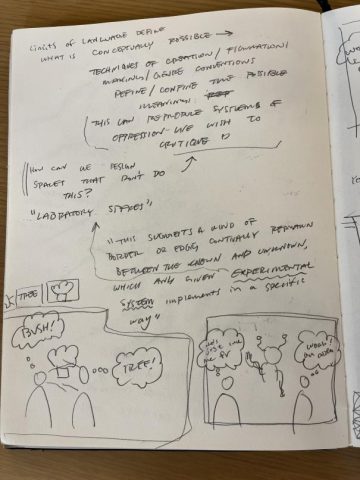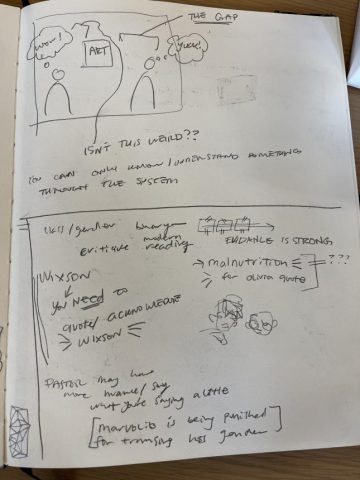I understand the reading to be saying that the cuts are separations between the result and the process of experimentation. Result referring to the sight of something, the quiddity, the theory. Process referring to learning and connection, what parameters of motion I create. Without either, I would be just capturing a person moving without meaning.
For my Person in Time project, I want to capture expressive /theatrical movement through motion capture and in formal forms of dance, a sort of full range of motion in myself. I’ve been thinking about Chinese classical dance and its fundamentals lately and how they were introduced to me really messily but also how they are as rigid as the western ballet fundamentals (just less,… square seeming). The cuts, as they would be applicable to my proposed project, would have a display of an animated skeleton as a result and be about learning cultural dance movements as a process.


